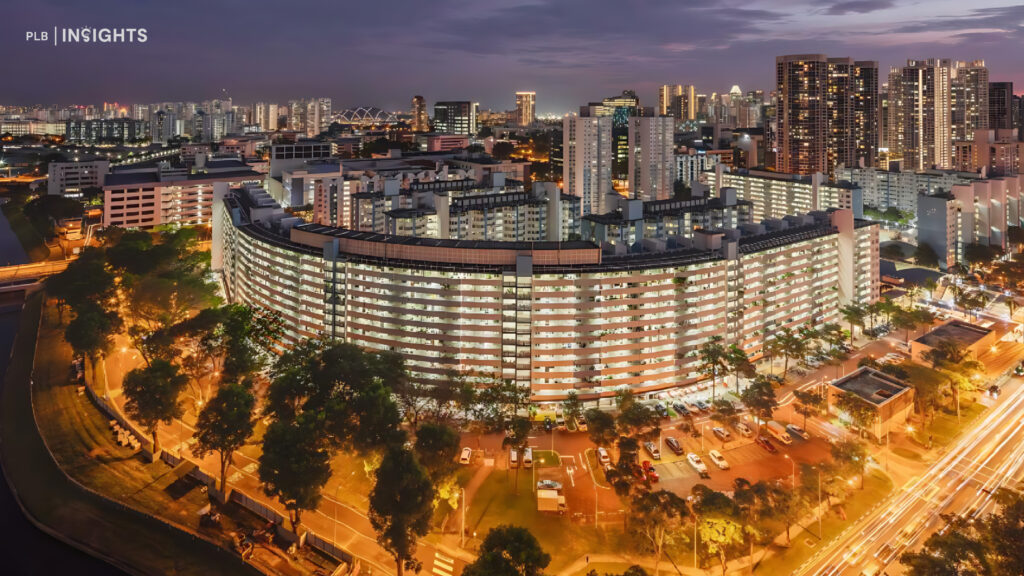
In the past, HDB flats were served by long stretches of corridors. It could take over a minute to walk from one end to another! Today, we experience shorter corridors in newer estates with several units sharing the same common space. With the buzzwords “maximisation” and “optimisation” frequently mentioned, how can residents effectively utilise the space just outside their gates?
In this article, we will dive into the regulations surrounding corridor usage and explore creative, unique ways to make the most of this often-overlooked area. Let’s get started!
The Dos and Don’ts of Corridor Decoration
Legally, corridors in HDBs and condominiums are classified as common areas and are managed by Town Councils and Management Corporations. These bodies are granted authority under the Town Councils Act and the Building Maintenance and Strata Management Act (BMSMA) to enact by-laws that govern the use and management of these shared spaces.
To balance fire safety with practical needs, the Singapore Civil Defence Force (SCDF) provides specific guidelines for corridor usage. For instance, while the SCDF permits the placement of shoe racks and foldable clothing racks along common corridors, there are certain conditions:
- The shoe rack must be solely for storing shoes.
- A minimum clear escape passage of 1.2 metres must be maintained along the common corridor (measured from the parapet wall to the shoe or clothing rack).
If the Town Council or Management Corporation allows potted plants in the corridor, they must be placed on the same side of the corridor, with a 1.2-meter clear escape passage maintained at all times.
A quick search about decorated corridors will lead readers to a rabbit hole of articles covering the festive decoration during festivals and the sudden removal of certain ones.
Recently, a corridor with a sauna-like structure went viral on Reddit and was subsequently removed at the request of the authorities. According to CNA, surrounding neighbours did not mind the structure and acknowledged that it has been there for years. However, it does act as a potential fire hazard and obstruction to the stairwell during emergencies.
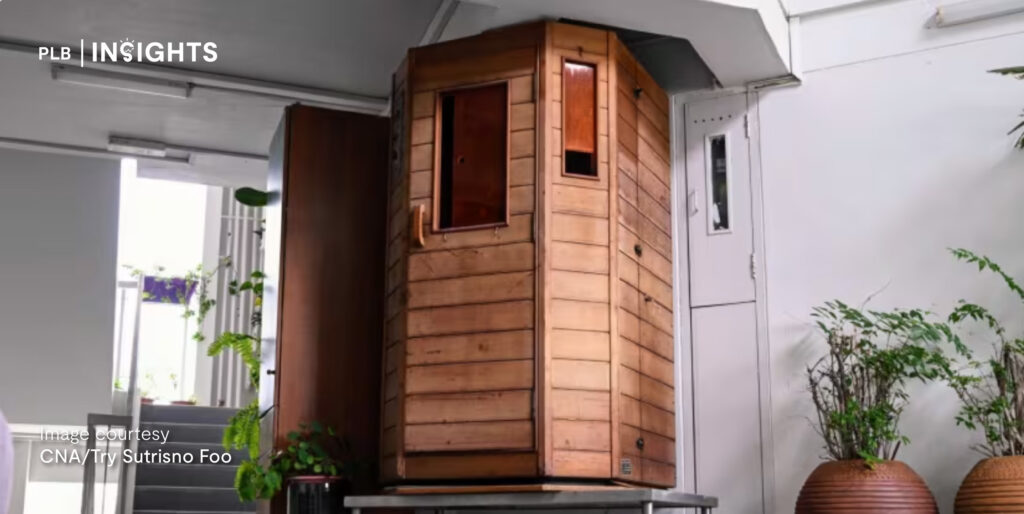
In another instance, a mural made with removable white vinyl was taken down just two days after being installed at the lift lobby. Despite being designed for easy removal and meant to celebrate the festive period, town council staff removed it, citing maintenance protocols. This incident, along with others like it, has led residents to question the consistency of regulations regarding corridor decorations.
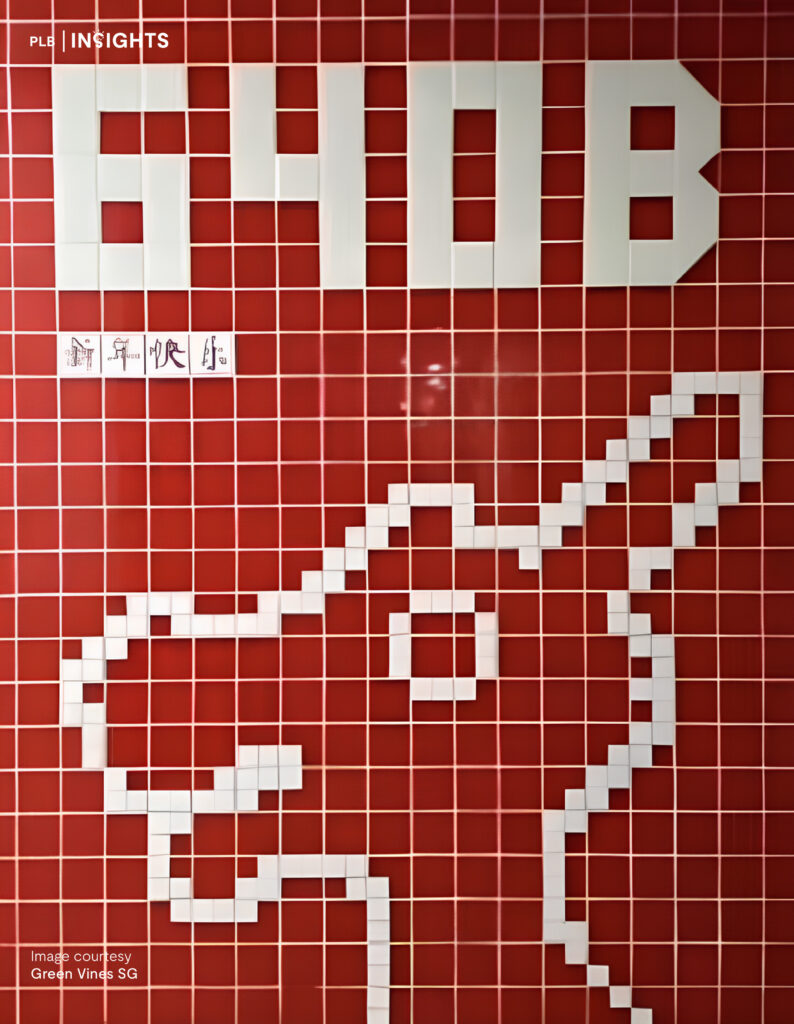
Different locations are governed by different Town Councils and management, leading to ambiguity about which president-initiated decoration is considered acceptable. For instance, Holland-Bukit Panjang Town Council is believed to take a lighter approach to temporary decorations in common spaces, especially during festive seasons such as Chinese New Year, Hari Raya, Deepavali, and Christmas.
Generally, concerns about safety, maintenance, and potential damage are cited as reasons for the removal of corridor decorations. Overall, it seems that short-term decorations are preferred over long-term ones.
Is There a Way to Make Corridor Decorations Permanent?
For homeowners looking to personalise their corridor space permanently, the Sale of Recess Area Scheme offers a unique opportunity. Under this scheme, HDB homeowners can purchase the space in front of their flats, provided it meets specific technical requirements related to design, access, fire safety, and ventilation.
However, it’s important to note that this option is not available for flats built after 1996 or those developed under the Design, Build and Sell Scheme (DBSS). Once the space is purchased, owners have the freedom to decorate it as they wish, allowing for more permanent and personalised decor.
With a better understanding of what is and is not allowed, let us explore some ideas for corridor spaces. Remember, it is essential to do your due diligence and seek permission from the relevant management before implementing any changes in common areas.
Ideas for Corridor Spaces
1. Grow Your Own Edible Garden
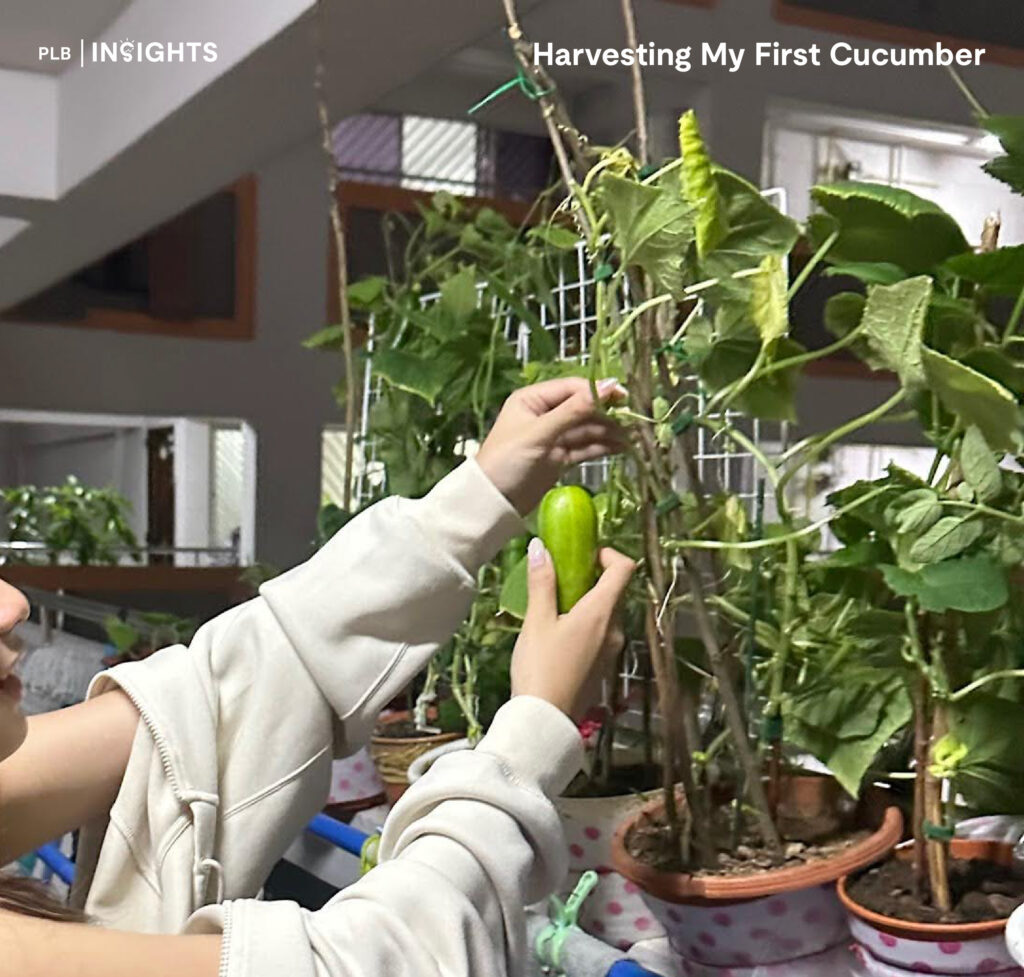
Firstly, consider transforming your corridor into an avenue to pursue a new hobby. Compact planters or vertical gardens can be used to cultivate herbs like basil, mint, and rosemary. It serves as a modern take to the kampung spirit where neighbours share their harvest.
2. Create a Cosy Seating Nook
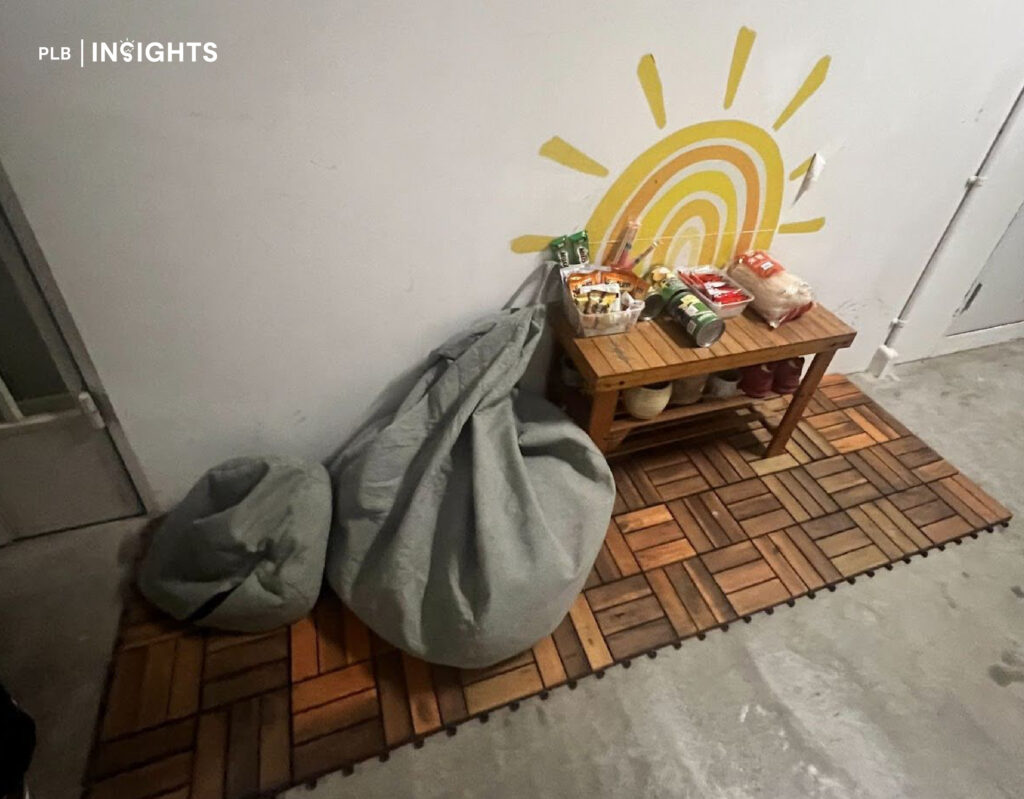
Secondly, consider setting up a cosy seating nook with easily removable tables and chairs. This setup not only maximises space efficiency but also creates a welcoming spot where you can relax. It can even serve as a place where snacks can be placed for delivery personnel, fostering a sense of community right outside your door.
Closing Thoughts
Decorating your corridor offers more than just a chance to personalise your space; it can strengthen social bonds and reflect your individuality. Initiatives like the Corridor Decoration Competitions by the Singapore Kindness Movement showcase how creative decor can bring communities together and foster a sense of belonging.
However, it’s crucial to balance personal expression with practicality. Not all decorations will suit everyone’s tastes or meet safety and maintenance standards. By finding a middle ground, we can ensure that these shared spaces remain functional, inclusive, and truly representative of our diverse communities.
If you are on the hunt for a property and want to make the most of your real estate investment, our experienced consultants are here to help. Reach out to us here for expert advice and personalised assistance. Till next time!







